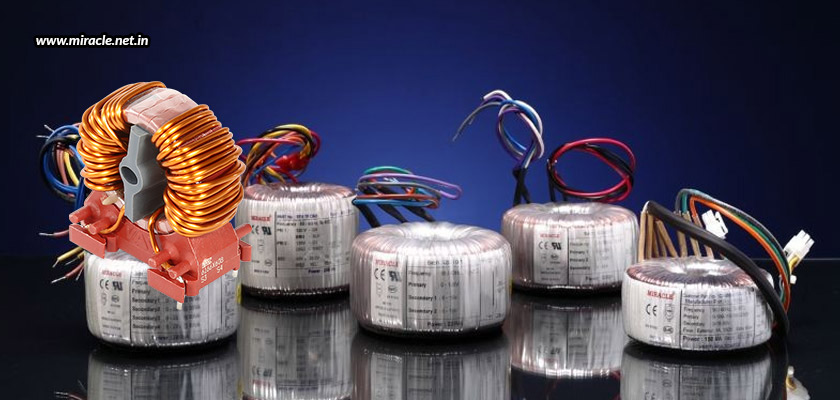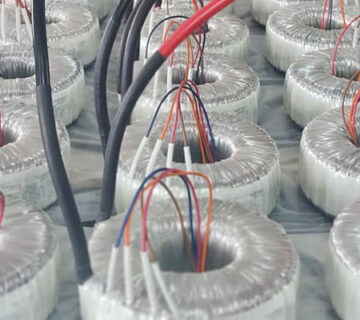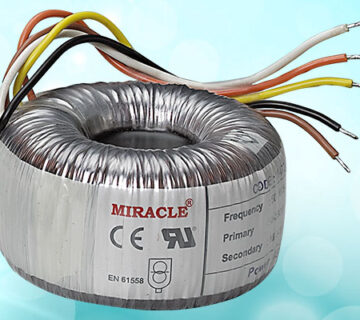Toroidal transformers are frequently employed as essential power supply components in audio equipment due to their great efficiency, low electromagnetic interference, and compact size, as you may already be aware if you’re an audio engineer, whether by trade or a hobbyist. They are frequently utilized when stepping up or stepping down the voltage of the AC power supply, which is required to power audio equipment like amplifiers, preamplifiers, stabilizers, and equalizers. Another reason why toroidal transformers are employed in audio applications is that their distinctive toroid shape typically results in better sound quality without vibrations and noise. But let’s not make a choice based solely on what the rest of the world is doing. Let’s get into the depth of the reality by looking at the alternatives to toroidal transformers to better understand if they’re actually better than the rest for audio equipment.
Toroidal transformer alternatives in the audio segment
- EI transformers, being less expensive than toroidal transformers, are frequently utilized in low-cost audio equipment. They undoubtedly have stronger magnetic field emissions as a result of their design, but they are also heavier and bulkier than toroidal transformers.
- R-core transformers are also in place of toroidal transformers, because of the same kind of efficiency they have to offer at a much lower price. However, the downside here is that, just like EI transformers, these transformers too are bigger and heavier than toroids.
- Switching power supplies are other alternatives being increasingly used in audio equipment, thanks to their effectiveness and lightweight construction. However, they are comparatively more expensive, and may add extra noise to the audio signal.
As you can see, while other alternatives may offer the same efficiency, some alternatives are larger and heavier, and others are more expensive. This is what makes toroidal transformers the most apt choice.
What functions do a toroidal transformer perform in equalizers and stabilizers?
- The toroidal transformer controls the voltage of the AC power supply and creates isolation between the input and output circuits in an audio stabilizer. It adjusts the input power supply voltage as necessary, then feeds the output to the remainder of the stabilizer circuitry. In addition to filtering out undesirable noise or harmonics from the input power source, the toroidal transformer may also aid in minimizing noise and distortion in the audio stream. In general, utilizing a toroidal transformer in an audio stabilizer helps ensure a clean and reliable power supply for the audio equipment, which can aid in enhancing the audio signal’s quality.
- Similar to an audio stabilizer, an audio equalizer also uses a toroidal transformer to scale down the AC mains power to a lower voltage that the audio circuits can use. Galvanic isolation between the power supply and the audio signal is another potential application for a toroidal transformer in an equalizer. The amount of noise and interference in the audio signal can be decreased, thanks to galvanic isolation, which prevents a direct electrical connection between the audio stream and the power source. In order to reduce distortion and filter out undesirable noise, a toroidal transformer can be employed as a filter choke in an audio equalizer too.
Toroidal transformers for audio equipment
Overall, the selection of a transformer is based on the particular needs and application of the audio equipment. However, because of their numerous advantages, our engineers advise using toroidal transformers for audio equipment. Miracle Electronics’ toroidal transformers are used by many leading sound and audio engineers. As one of the most trustworthy toroidal transformer manufacturing companies in India, we also proudly support the audio industry with custom power supply solutions designed to meet any specifications or requirements. Our facility, based in Bangalore, is an ISO-certified facility, always up-to-date with the latest required standards.




